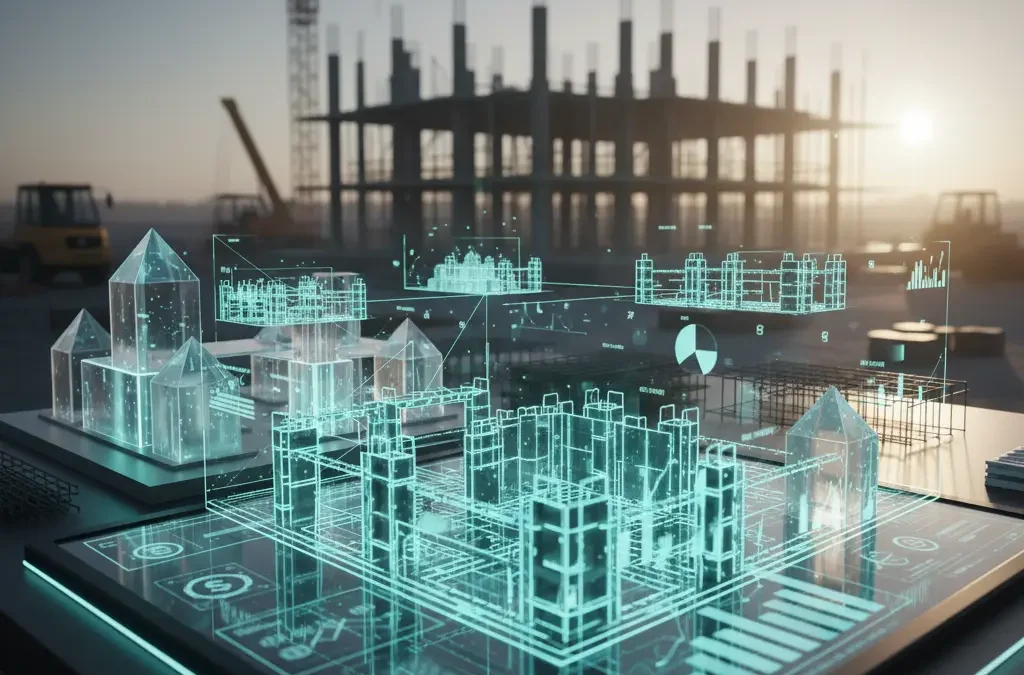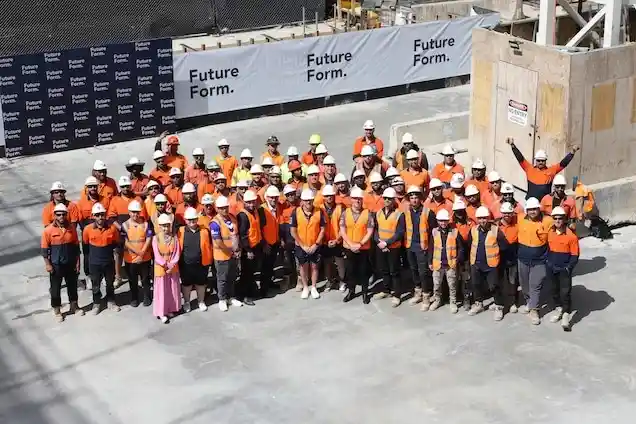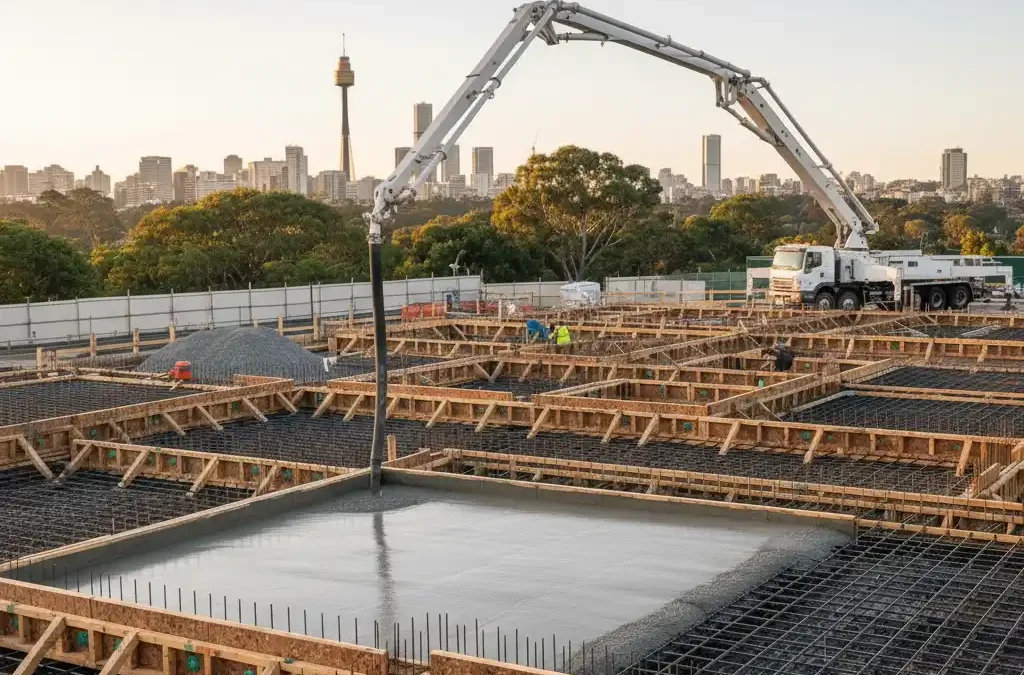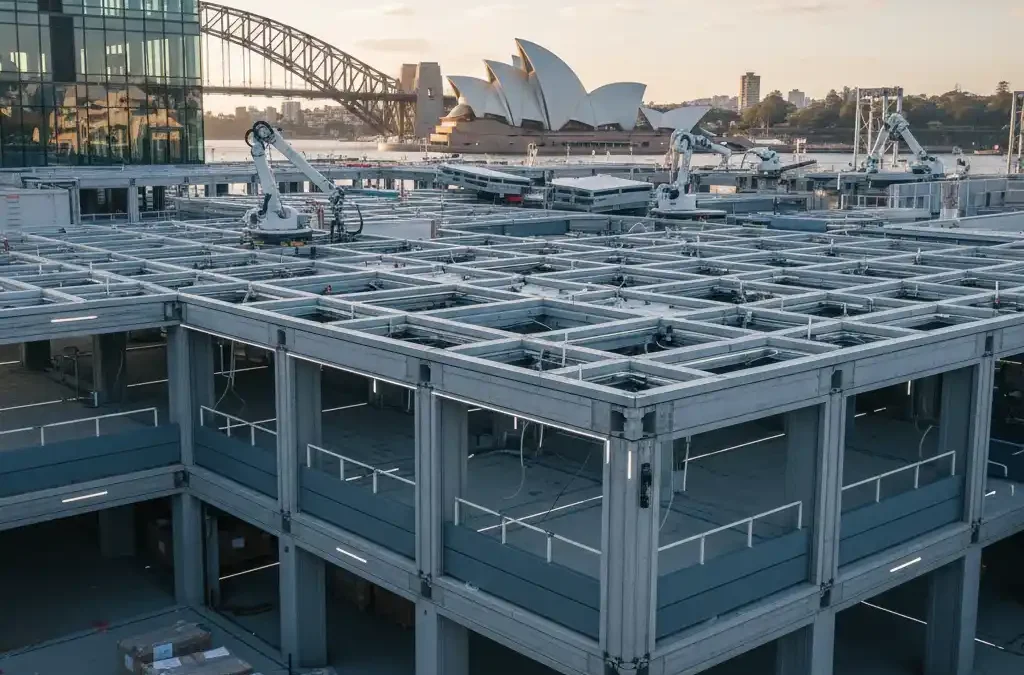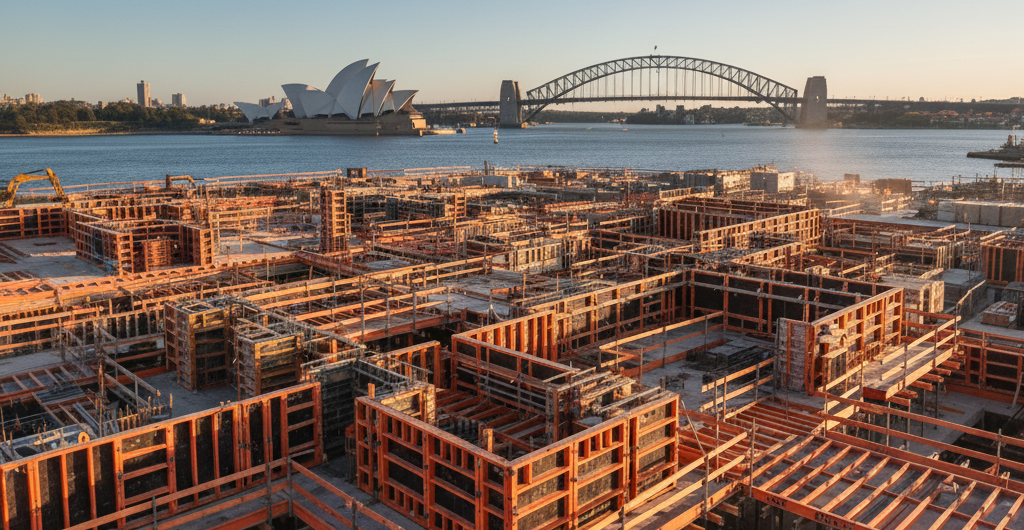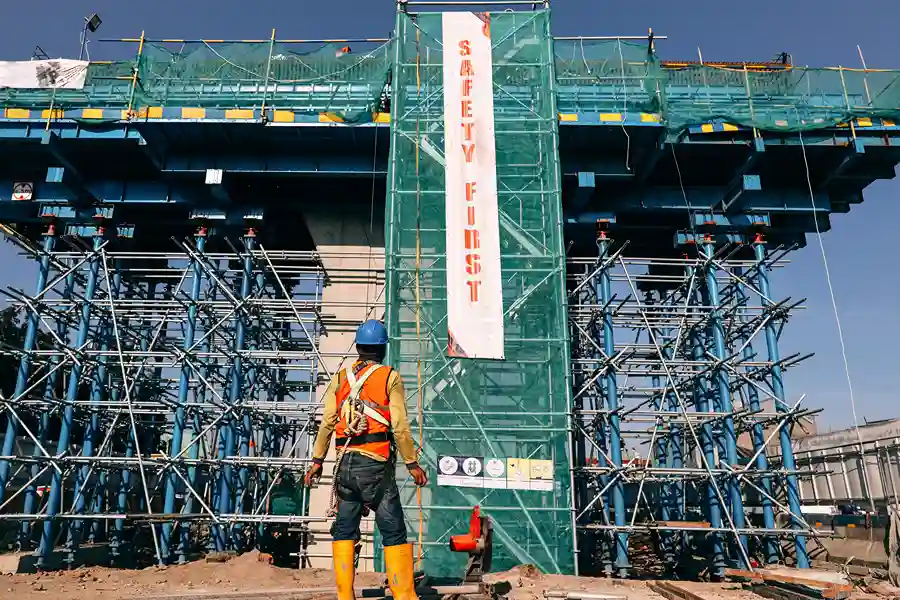
In many countries ever‑evolving construction landscape, safety is more than a checkbox—it’s a non-negotiable priority. From the bustling high‑rise developments in Sydney to civil projects in regional Queensland, the stakes couldn’t be higher. As our skylines evolve and visionary developments rise, one question stands tall among developers, construction professionals, and suppliers alike: Are we doing enough to protect our workforce?
For more than two decades, timber formwork was the industry standard—familiar and adaptable, yet beset by hidden dangers. Today, by embracing modern formwork systems, project teams are not only cutting labour hours but also drastically reducing on‑site risks. At Future Form, we believe that innovation should not only push architectural boundaries but also redefine how we protect those who bring these projects to life. Enter modern formwork systems—the unsung heroes of safer, smarter construction sites.
The Stark Reality: Why Traditional Methods Are Falling Behind
The construction industry is a cornerstone of economic growth, contributing over $360 billion annually (Australian Bureau of Statistics, 2024). Yet, it remains one of the most hazardous sectors for workplace injuries. According to Safe Work Australia (2024), the construction industry accounted for nearly 13% of all serious compensation claims last year, with falls from height and structural failures being leading contributors.
Traditional timber formwork, while familiar, has long been associated with:
- Instability under load pressure
- Extended manual handling risks
- Prolonged site exposure for workers
These outdated methods simply don’t meet the evolving demands of modern project sites striving for higher safety, faster turnaround, and greater efficiency.
How Modern Formwork Systems Are Turning the Tide
Innovative formwork solutions—like modular steel and aluminium systems—are changing the game. Here’s how these advancements are drastically improving safety on the sites:
Precision Engineering Minimises Structural Failures
Modern formwork systems are designed using advanced engineering principles, ensuring uniform load distribution and greater structural integrity. This significantly reduces the risk of collapses and unintended shifts during concrete pours. For Example: Many advanced modular systems meet and exceed Australian Standards AS 3610 for formwork, ensuring higher safety margins during complex builds.
Ergonomic Designs Reduce Manual Handling Injuries
One of the silent hazards on site is repetitive strain and musculoskeletal injuries caused by heavy lifting and awkward handling. Modern systems are lighter, modular, and easy to assemble—drastically cutting down manual handling risks. The fact is Safe Work Australia (2024) reports that musculoskeletal disorders account for over 50% of workplace injury claims in construction.
With intuitive assembly processes, these systems help ensure workers spend less time in risky positions and more time focused on quality outcomes.
Reduced Work at Height
Falls from height remain the number one cause of fatalities in many construction sectors. Modern formwork technology integrates adjustable and pre-fabricated systems, minimising the need for workers to operate at dangerous heights.
By using modular systems that include built-in access solutions and pre-engineered assembly at lower levels, workers spend less time exposed to height-related risks. This shift not only enhances safety but also improves productivity by simplifying installation processes.
Accelerated Project Timelines Reduce Exposure to Site Risks
The longer a project lingers, the higher the exposure to on-site hazards. Modular formwork solutions enable faster assembly and disassembly, allowing teams to progress through project phases efficiently and with reduced safety risks.
By shortening project timelines, these systems limit the duration workers spend in hazardous environments, contributing to a safer and more streamlined construction process.
Building Confidence Through Safer Practices
In an industry where risks are ever-present, the true measure of a company’s success isn’t just in the structures it helps build, but in the lives it safeguards along the way. For Future Form, safety isn’t an afterthought—it’s a foundational element in everything we do.
At Future Form, our team doesn’t just supply advanced formwork systems—we engineer safety into every project from day one. Our safety protocols go beyond compliance; they are embedded in our corporate DNA.
Our Safety Framework Includes:
- Compliance with All Relevant Standards: Including AS 3610, AS/NZS 4576, and ISO 45001 Occupational Health and Safety Management.
- Regular Safety Training for Installation Crews: Empowering teams with the latest knowledge on hazard identification, formwork integrity checks, and safe handling procedures.
- On-Site Safety Audits: Our project teams conduct regular audits to ensure compliance and immediately rectify any potential hazards.
- Advanced Material Selection: We choose materials not only for durability but also for their safety performance under the environmental conditions—heat, humidity, and coastal corrosion.
On a recent Sydney high-rise development, Future Form advanced systems reduced formwork installation time by 30%, directly cutting down on worker exposure to site dangers.
When you partner with Future Form, you’re not just investing in cutting-edge construction technology—you’re investing in the wellbeing of every person who steps onto your site.
Case Study: Raising the Bar for Site Safety at Forming Nine by Mirvac
At the prestigious Forming Nine by Mirvac development, safety took centre stage as the project team navigated the challenges of a high-profile commercial build in the heart of Sydney. With a focus on minimising on-site risks and enhancing worker wellbeing, advanced formwork solutions played a critical role in achieving these goals.
Through the use of modern modular formwork systems:
- The project successfully maintained zero lost-time injuries throughout key construction phases.
- Installation processes were streamlined, significantly reducing site exposure times for workers.
- Teams on-site reported improved working conditions, noting the ergonomic design of the systems and reduced manual handling requirements.
This project didn’t just meet safety expectations—it set a new benchmark for how thoughtful engineering and advanced formwork technologies can deliver safer, more efficient construction outcomes.
Final Thoughts: Build Boldly, But Build Safely
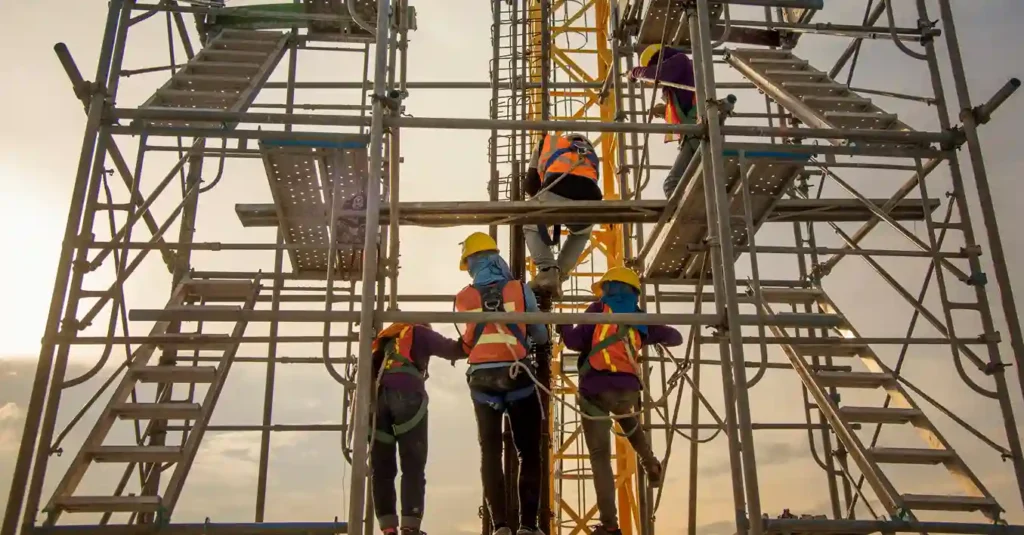
In today’s fast-evolving construction landscape, safety isn’t just a regulatory requirement—it’s a critical factor that defines the success and longevity of every project. Modern formwork solutions are transforming how the industry approaches safety, helping to reduce site risks, improve working conditions, and minimise costly delays. From reducing the need for hazardous work at height to streamlining project timelines, these innovations are setting a new standard for what safe, efficient construction should look like across the countries.
At Future Form, we’ve applied these principles directly to our projects, integrating advanced modular formwork systems that prioritise both worker wellbeing and project performance. Through our commitment to using precision-engineered designs, high-quality materials, and comprehensive safety protocols, we’ve created safer worksites that not only meet but exceed industry expectations. Our experience shows that when safety is embedded into every stage of the build, the results are not only structurally sound but also more sustainable and rewarding for everyone involved.
Curious how safer practices could reshape your next project? Take a closer look—you might be surprised at what’s possible.
References:
- Australian Bureau of Statistics. (2024). Construction Industry Overview, 2024. Retrieved from https://www.abs.gov.au
- Future Form. (n.d.). Forming Nine by Mirvac. Retrieved from https://futureform.com.au/forming-nine-by-mirvac/
- International Organization for Standardization. (2023). ISO 45001: Occupational Health and Safety Management Systems.
- Safe Work Australia. (2024). Construction Industry Profile and Workplace Injury Statistics. Retrieved from https://www.safeworkaustralia.gov.au
- Standards Australia. (2023). AS 3610 – Formwork for Concrete.
- Standards Australia/New Zealand. (2023). AS/NZS 4576 – Guidelines for Scaffolding.

